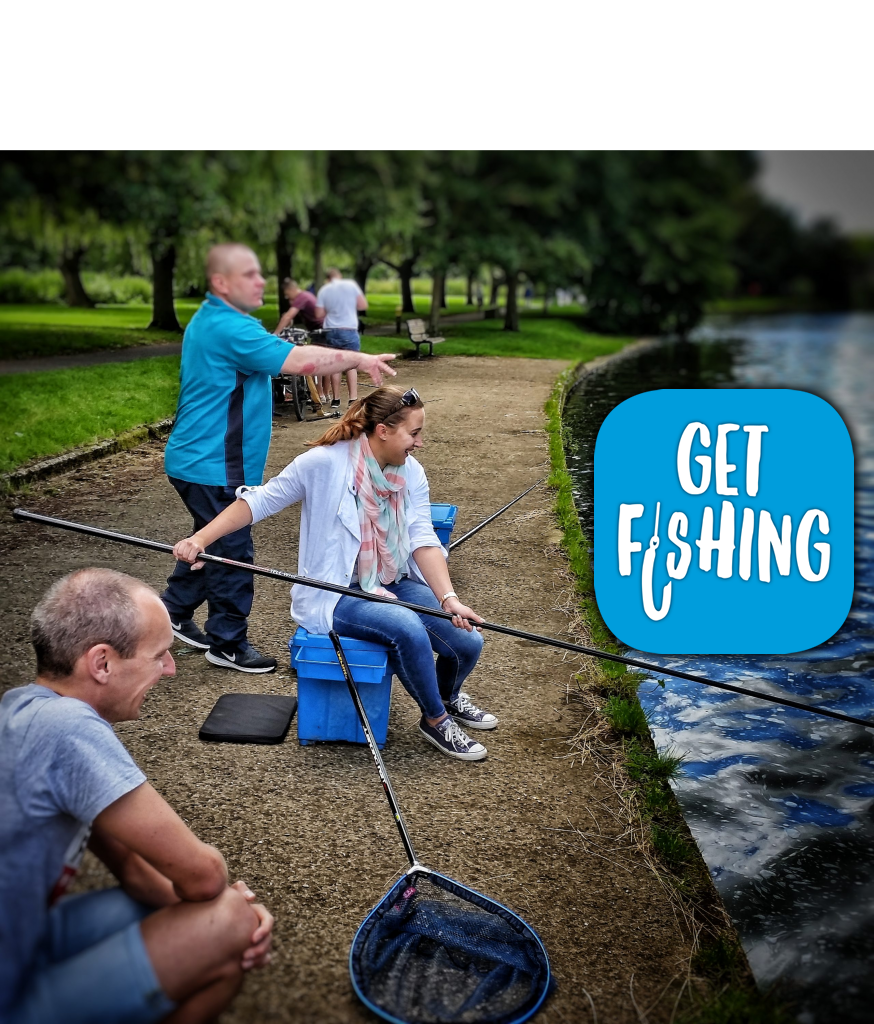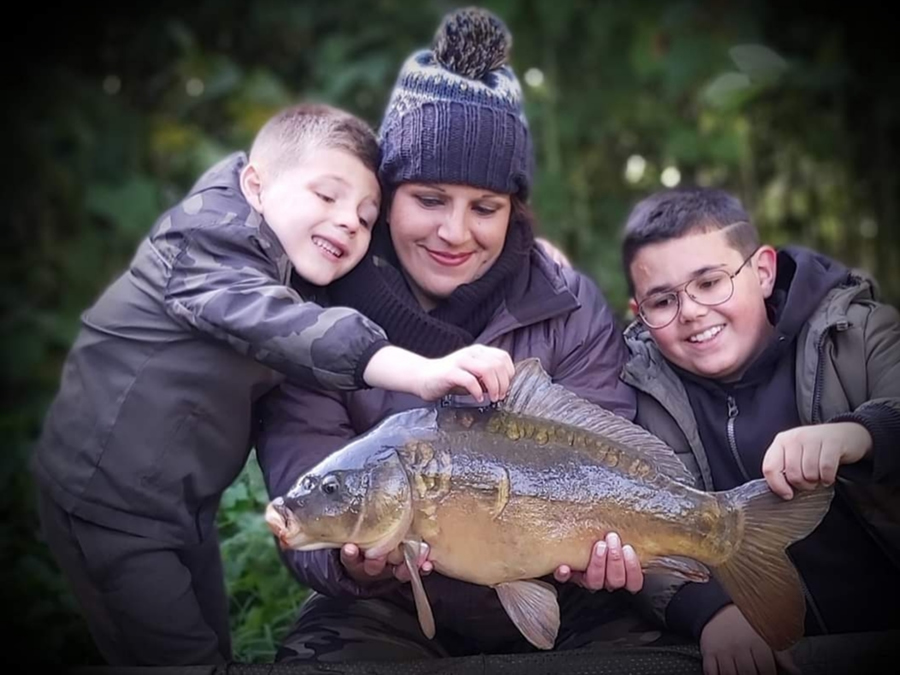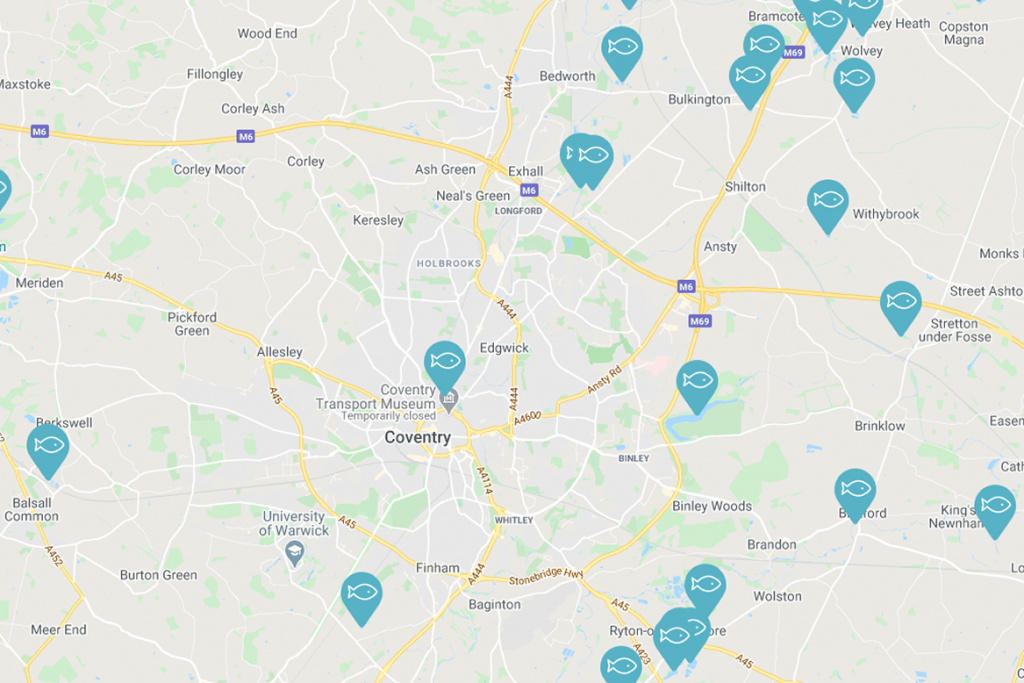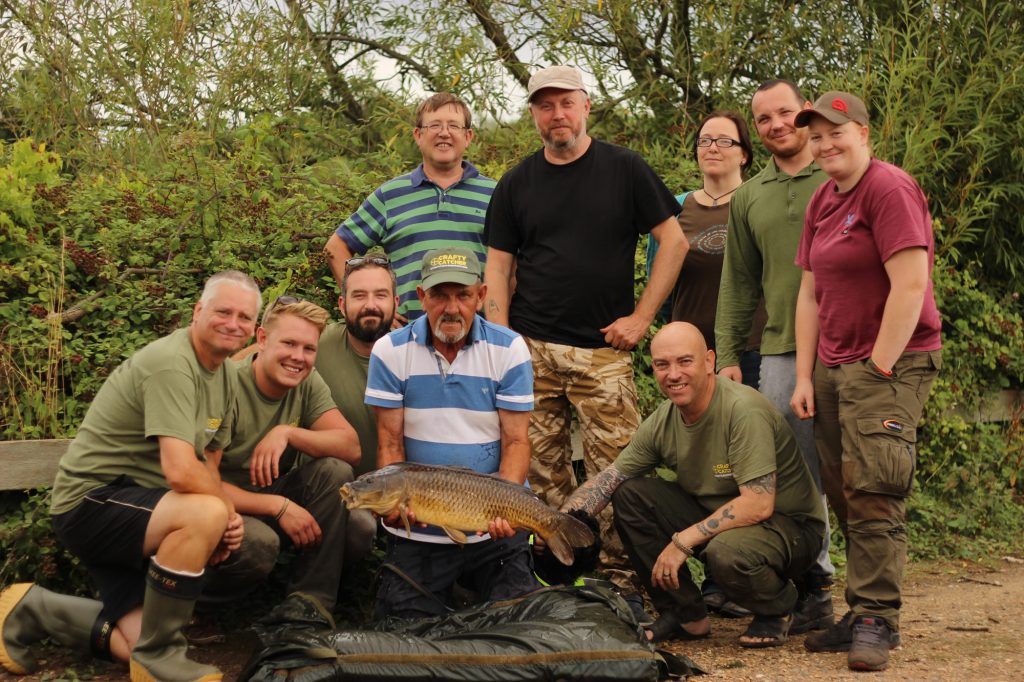
Marine
Angling Trust seek clarification on commercial catch limits for pollack in 2024
The Angling Trust has received several messages over the past week, concerned about the potential for recreational restrictions on pollack whilst commercial measures appear to be flouted. Reported landings by single vessels of over 700kg a day have seemed far from in keeping with the much-publicised 100kg monthly bycatch limit per vessel.
The Angling Trust immediately sought clarification from the Marine Management Organisation (MMO) and the Department for Environment, Food and Rural Affairs (DEFRA).
The full quota available to the UK for pollack is 203 tonnes for 2024, down from 1,506 tonnes in 2023, a significant cut of 86%. In addition, this has been set as a ‘bycatch’ allowance.
This quota is assigned between the ‘sector’ and non-sector/U10 fleets. The ‘sector’ is a term used to describe boats that operate within Fish Producers Organisations (FPOs) that manage their quotas across their fleet, with all allowances being pooled. Non-sector and U10s have their total allowable catches managed by the MMO.
The 100kg per month bycatch limit is specific to the non-sector and U10 fleets managed by the MMO. It does not apply to the FPO boats. The principle of bycatch still applies, but with no definition, it remains very subjective and difficult to enforce.
The Angling Trust continue to make it clear to DEFRA that bycatch-only fisheries require significantly tighter definitions if they are not to be exploited and turned into targeted fisheries. Bycatch is easily achieved for larger vessels of 12m and over, whilst small inshore boats that rely on pollack have limited options due to their vessel size and capability.
The sector has an effectively larger bycatch allowance of pollack to prevent choking of other fisheries, such as hake. The scales involved lead to greater bycatch levels. Given the landing obligations on pollack, hake would rapidly become impossible to fish, resulting in many of these boats being tied up and unable to fish.
The Angling Trust stressed to DEFRA that many boats are already tied up and unable to fish from the inshore netting and hook and line fleet, which have gone from offering the most sustainable methods to fish for pollack to being blocked from the fishery altogether.
If the sector is to overfish pollack, the fishery will close before the 203-tonne quota is hit. This provides very little solace to the individuals cut from this market completely but should still benefit the recovery of the stocks in the short to medium term, allowing greater fishing opportunities in future years. This remains subject to whether other environmental factors, such as warming waters, will enable the pollack stocks to recover.
Angling will also have a part to play in the stock’s recovery, and the Angling Trust will continue to communicate with you on how we can support the stock for future generations of anglers. This will include training material on descending devices. The Pollack FISP project has provided evidence that devices such as Seaqualisers have a fantastic success rate in boosting the post-release survival of fish caught at depths.
In the meantime, we ask anglers to have some respect for those who have suddenly had their livelihood taken from them. Whilst we fight to ensure that the many jobs supported by the recreational sector are protected, compassion must be had for all placed in an unenviable situation of having their primary and perhaps only source of income taken from them. There is far more that unites us than divides us.
You might also like

Angling Trust fight for anglers to have their say…

“What a load of pollacks!” Angling Trust Urge Minister…

Project Pollack: Understanding a Recreationally Important Fish
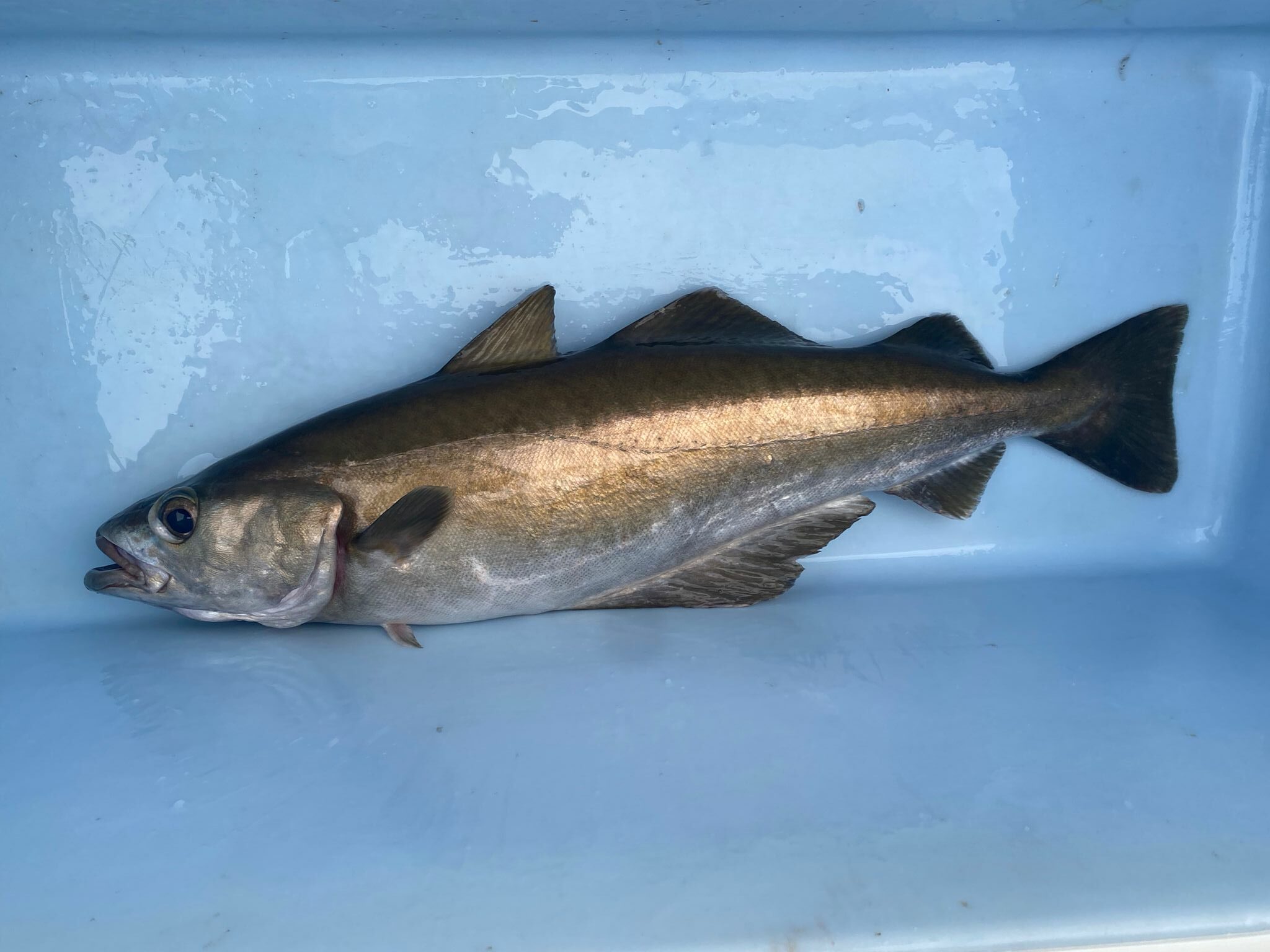
Angling Trust Strongly Oppose Pollack Recreational Fishing Restrictions
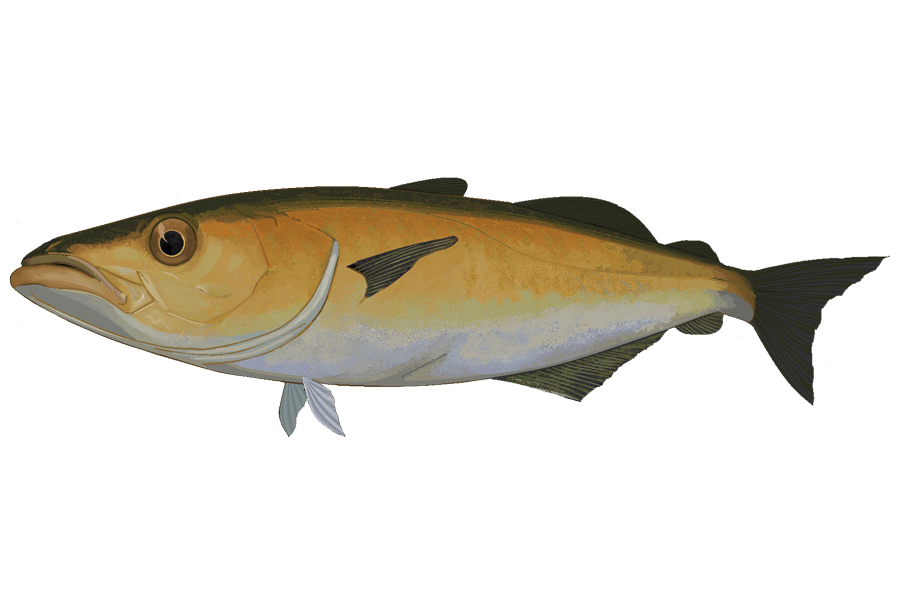
Fishbook: Pollack

Angling Trust fight for anglers to have their say…

“What a load of pollacks!” Angling Trust Urge Minister…

Project Pollack: Understanding a Recreationally Important Fish

Angling Trust Strongly Oppose Pollack Recreational Fishing Restrictions

Fishbook: Pollack

Angling Trust fight for anglers to have their say…

“What a load of pollacks!” Angling Trust Urge Minister…

Project Pollack: Understanding a Recreationally Important Fish

Angling Trust Strongly Oppose Pollack Recreational Fishing Restrictions

